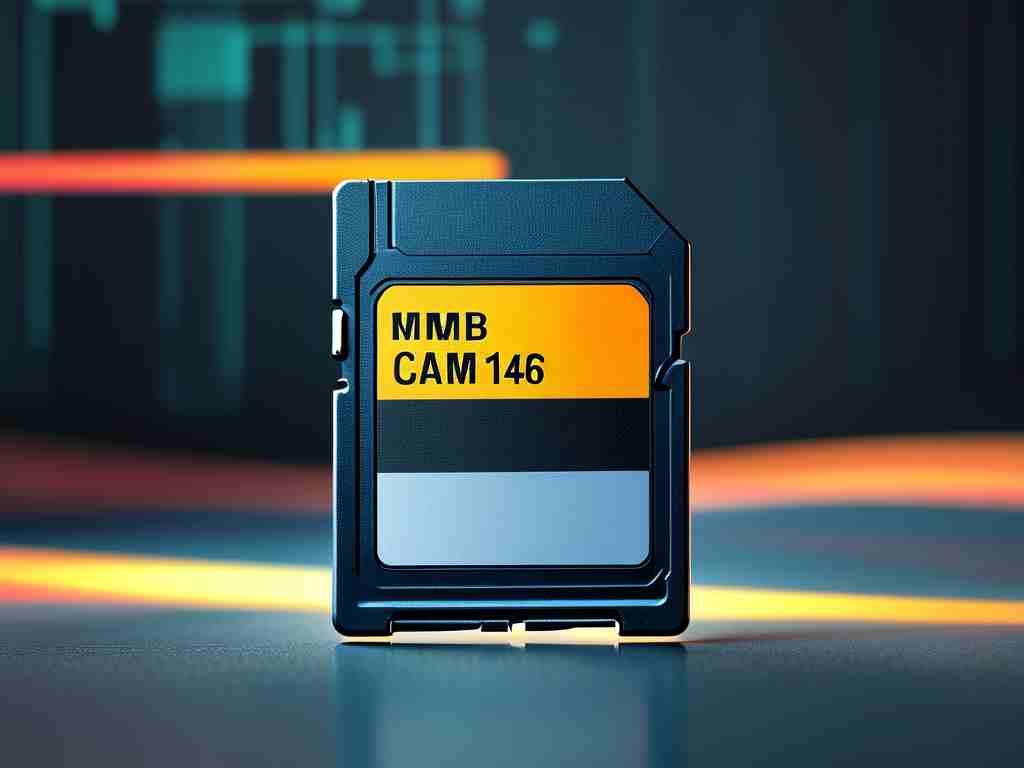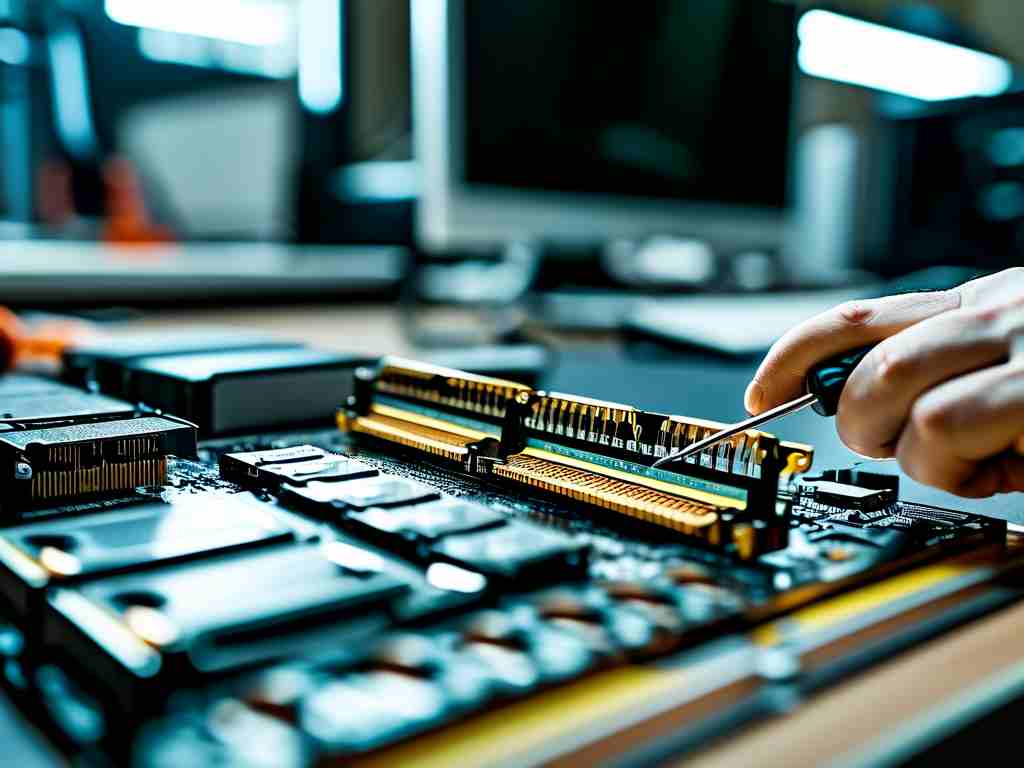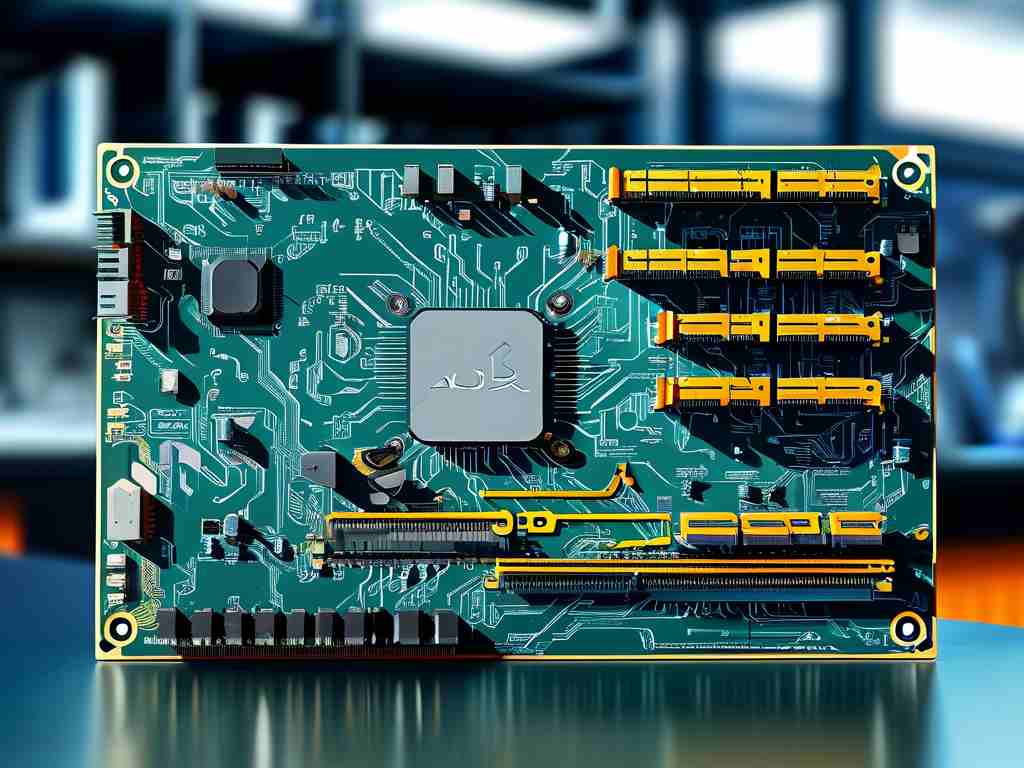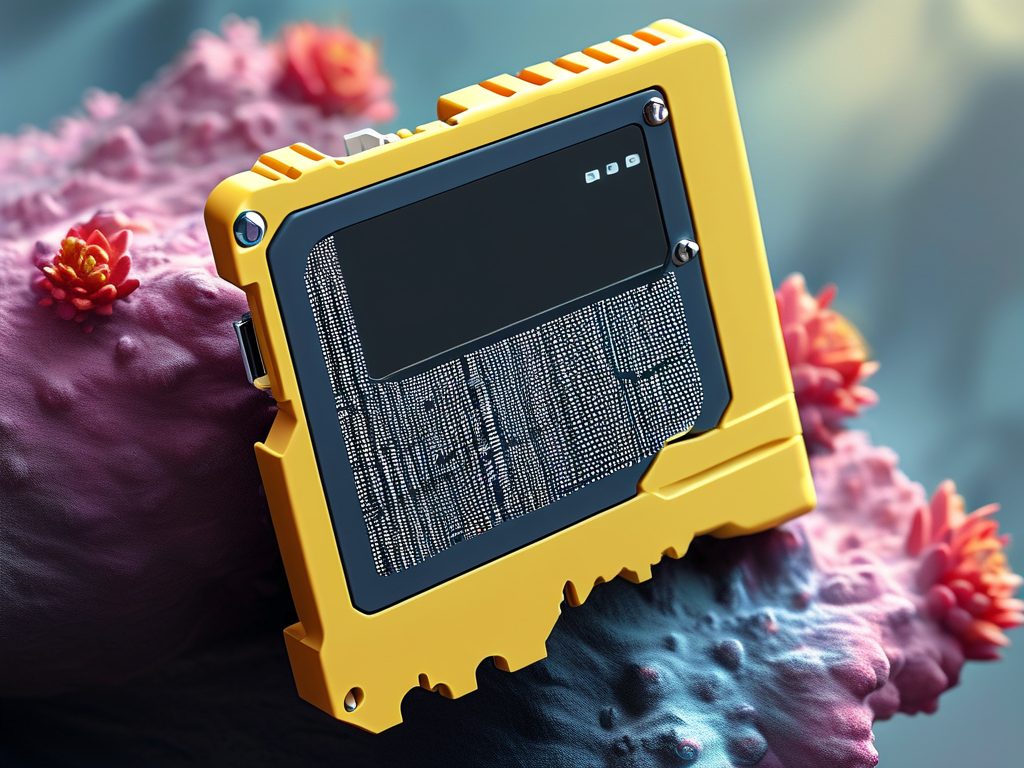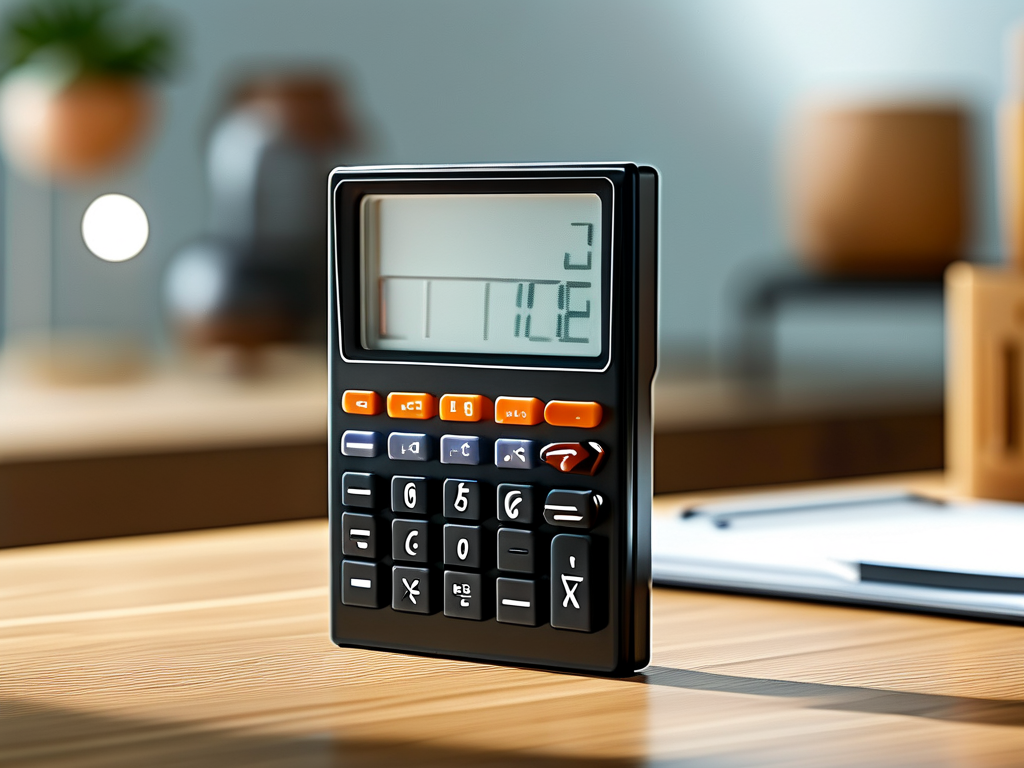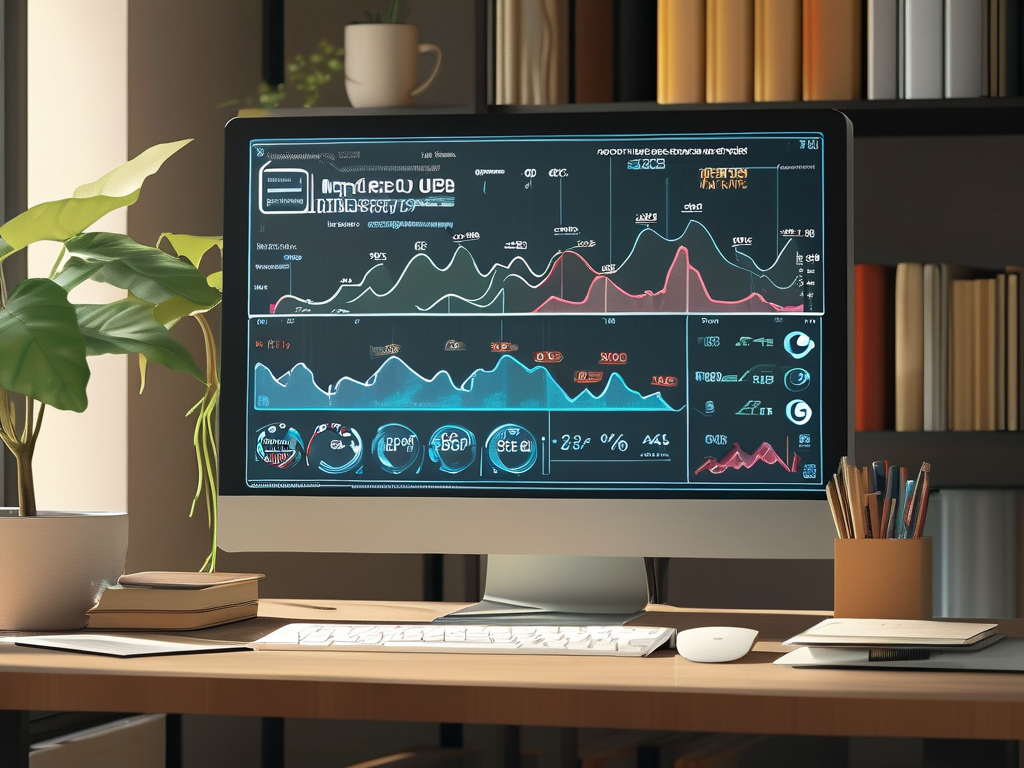Understanding your computer's memory usage is essential for optimizing performance and troubleshooting issues. Whether you're a casual user or a tech enthusiast, this guide provides practical methods to view memory details on Windows, macOS, and Linux systems.
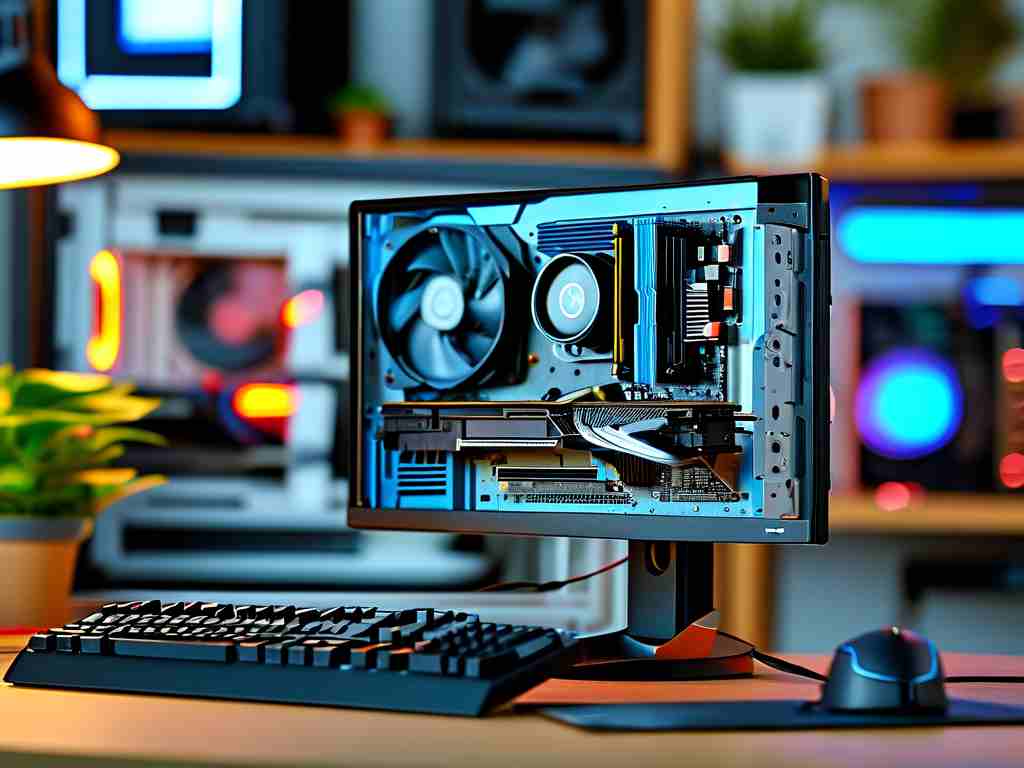
Why Monitor Computer Memory?
Random Access Memory (RAM) plays a critical role in multitasking and application performance. Insufficient memory can lead to system slowdowns, crashes, or inability to run resource-heavy software. By checking memory usage, users can identify bottlenecks, decide if upgrades are necessary, or diagnose potential hardware failures.
Method 1: Using Built-in System Tools
For Windows Users
- Open the Task Manager by pressing
Ctrl + Shift + Esc. - Navigate to the Performance tab and select Memory.
# Alternative method via PowerShell Get-CimInstance Win32_PhysicalMemory | Format-Table Capacity, Manufacturer, PartNumber
This displays real-time memory usage, available capacity, and speed. The "Committed" section shows how much virtual memory is reserved for applications.
For macOS Users
- Click the Apple menu and select About This Mac.
- Go to the Memory tab for RAM specifications.
- Use Activity Monitor (Utilities folder) to view live memory pressure and app-specific consumption.
Method 2: Command-Line Interfaces
Advanced users often prefer terminal-based tools for detailed insights.
Windows Command Prompt
wmic MemoryChip get BankLabel, Capacity, Speed
This command lists installed RAM modules with technical details.
Linux/macOS Terminal
free -h
The free command shows total, used, and available memory in human-readable format. For granular data, use:
sudo dmidecode --type memory
Method 3: Third-Party Software
Tools like CPU-Z (Windows) or Memtest86 (cross-platform) offer in-depth analysis. CPU-Z's "Memory" tab reveals module type, timings, and dual-channel status, while Memtest86 detects faulty RAM sectors through intensive scans.
Interpreting Memory Metrics
- Total Memory: Physical RAM installed (e.g., 8 GB).
- Available Memory: Unused RAM ready for new tasks.
- Cached Data: Temporarily stored information for faster access.
- Swap Usage (Linux/macOS): Disk space used when RAM is full.
When to Upgrade Your RAM
If memory usage consistently exceeds 80% during routine tasks, consider upgrading. Modern operating systems and applications like video editors or virtual machines often demand 16 GB or more. Check motherboard specifications for compatible RAM types (DDR4/DDR5) and maximum supported capacity.
Troubleshooting Common Issues
- Unexplained Slowdowns: Check for memory-hungry processes in Task Manager or Activity Monitor.
- Boot Failures: Reseat RAM sticks or test modules individually to identify hardware faults.
- Compatibility Errors: Ensure new RAM matches voltage and frequency requirements.
Regularly monitoring computer memory helps maintain system health and extend hardware lifespan. By combining native tools, command-line utilities, and third-party software, users gain full visibility into memory performance. For persistent issues, consult hardware diagnostics or professional IT support to avoid data loss or component damage.


